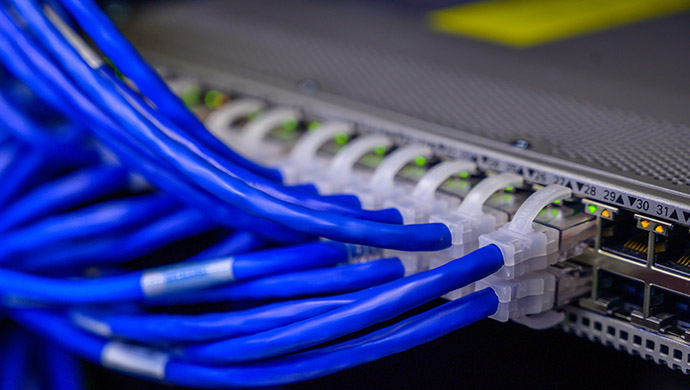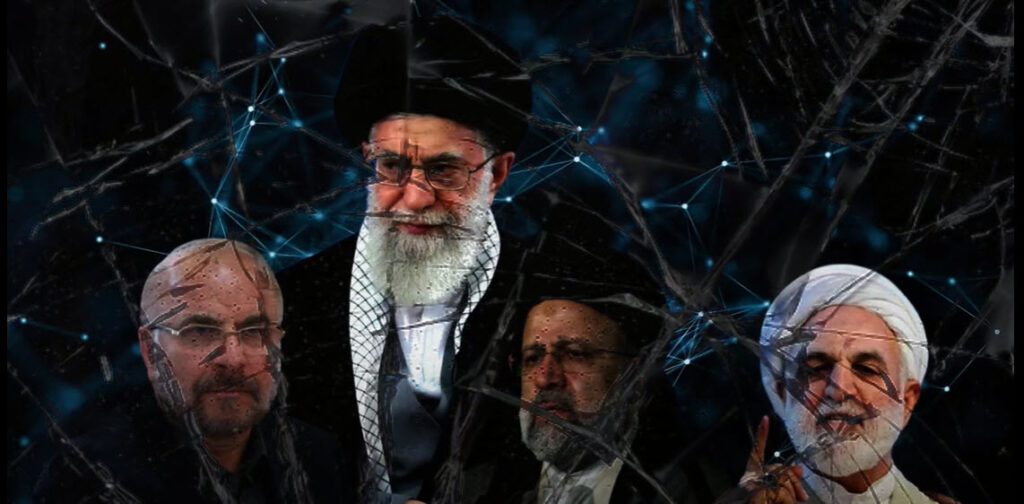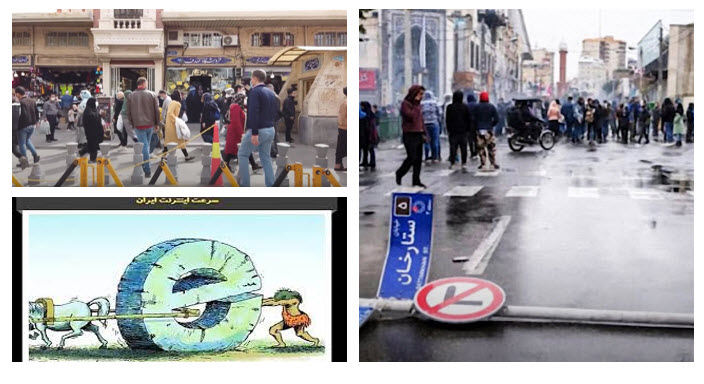
On December 28, Iran witnessed a significant development in its digital landscape as regime-affiliated websites announced a 34% increase in internet tariffs.
This decision, reported by the state-run Fars News Agency, came after days of speculation and was carefully timed to minimize public backlash. The Ministry of Communications’ approval of the hike was a compromise from an initial request by operators for a 100% increase, a demand that was publicly opposed.
Raisi, positioning himself as a champion of the poor, ostensibly resisted this move, agreeing instead to a 34% increase. This maneuver contrasts sharply with Raisi’s election campaign promises, where he vowed to enhance internet access and infrastructure, especially for the lower-income groups.
However, the reality soon unraveled to reveal much steeper increases than the announced 34%. State media reported surges in internet package prices by 111%, 156%, and even 300%. For instance, the Ebtekar newspaper highlighted a jump from 20,000 to 60,000 rials per gigabyte for certain packages.

The entire scenario appeared orchestrated. Operators had penned a letter to Ebrahim Raisi, citing challenges like soaring exchange rates and inflation, and pleading for a 100% price hike.
Despite these hikes, commitments to improve internet quality remain vague. Mobile operators, quick to implement the new rates, have been non-committal about enhancing connectivity, with some vaguely promising improvements by mid-March 2025.
Iran’s internet infrastructure is notably lagging in global rankings. According to Farhikhtegan Daily, Iran’s mobile internet speed ranks 75th out of 145 countries, with cable internet faring worse at 154th among 181 countries. This puts Iran behind even some of the world’s poorest nations in internet accessibility and affordability.
The Raisi administration’s move adds another layer of difficulty to the lives of Iranians. This decision, likely orchestrated under the guidance of Supreme Leader Ali Khamenei, reflects a broader strategy to control and censor the internet, crucial in a country where dissatisfaction and unrest are simmering.

The regime has historically employed tactics like internet slowdowns and stringent media censorship to curtail free information flow, particularly during the 2022 uprisings.
As the world progresses towards faster, cheaper internet, Iran’s regime takes an opposing trajectory, weighed down by heavy expenditures, repression, and controversial policies. This latest decision, which will exacerbate poverty and hardship, especially for those reliant on the internet for livelihood, is poised to further erode social capital and escalate discontent. The increasing frustration and economic strain may soon culminate in another wave of protests, reflecting the growing chasm between the regime’s policies and the people’s aspirations.

MEK Iran (follow us on Twitter and Facebook), Maryam Rajavi’s on her site, Twitter & Facebook, NCRI (Twitter & Facebook), and People’s Mojahedin Organization of Iran – MEK IRAN – YouTu
